News
Chinese Embassy presents medical supplies worth GH₵480,000 to UGMC
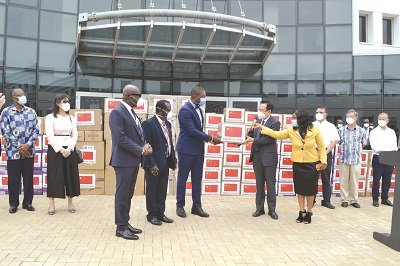
The Chinese Embassy in Ghana has presented quantities of medical supplies worth GH¢480, 000 (about 80,000 US dollars), to the University of Ghana Medical Centre (UGMC), to support the fight against the coronavirus (COVID-19) pandemic.
The supplies included 15 ventilators, 20,000 medical masks, 1,600 N95 masks, 120 protective suits, 60 face shields, and 100 medical googles, in addition to some food items comprising milk, cocoa powder, and cereals among others, to cater for the nutritional needs of the patients.
Mr Shi Ting Wang, Chinese Ambassador to Ghana, who presented the items to the management of the hospital at a short ceremony in Accra yesterday, said the donation which was made in partnership with the Chinese community in Ghana, formed part of China’s effort in supporting developing countries in their fight against the COVID-19 pandemic.
He said in addition to the medical supplies sent to over 50 African countries and the African Union, and seven medical expert teams dispatched to the continent, China would do all in its power in the future to give more assistance to Africa.
He said to build consensus on uniting to fight against the pandemic, an extraordinary China-Africa summit on solidarity against COVID-19 was convened on Wednesday via video link and a joint declaration was issued.
In view of this, Mr Wang noted that, China will start ahead of scheduled the construction of the Africa Centre for Disease Control (CDC) headquarters this year.
“China will work with Africa to fully deliver the health care initiative adopted at the Beijng summit of the Forum on China Africa Cooperation (FOCAC) and speed up the construction of China-Africa friendship hospitals and the cooperation between paired-up Chinese and African hospitals,” he said.
He pledged that once the development of COVID-19 vaccine was completed in China, African countries would be among the first to benefit, and urged African countries to stay committed to enhancing China-Africa cooperation, especially in public health, economic reopening and people’s livelihood.
He revealed that, within the FOCAC, China will cancel the debt of relevant African countries in the form of interest-free government loans that are due to mature by the end of 2020.
“For those African countries that are hardest hit by the COVID-19 and are under heavy financial stress, China will work with the global community to give them greater support by such means as further extending the period of debt suspension,” he added.
He pledged his support to working closely to build a community with a shared future with Ghana to defeat the virus as China-Ghana marks the 60th anniversary of the diplomatic relations.
Receiving the items, Dr Bernard Okoe Boye, the Deputy Minister of Health, thanked the Chinese government and its citizens resident in Ghana for their sustained support in the fight against the COVID-19 pandemic, adding that government was constantly monitoring the situation and would take measures that would help the country overcome the pandemic.
Present at the ceremony were Dr Darius Osei, Chief Executive Officer of UGMC, Dr Ebenezer Oduro Owusu, Vice-Chancellor of the University of Ghana (UG) and some leaders of the Chinese Community in Ghana.
Source: Ghanaian Times
News
‘Thousands of Ghanaian women suffering from Obstetric Fistula’
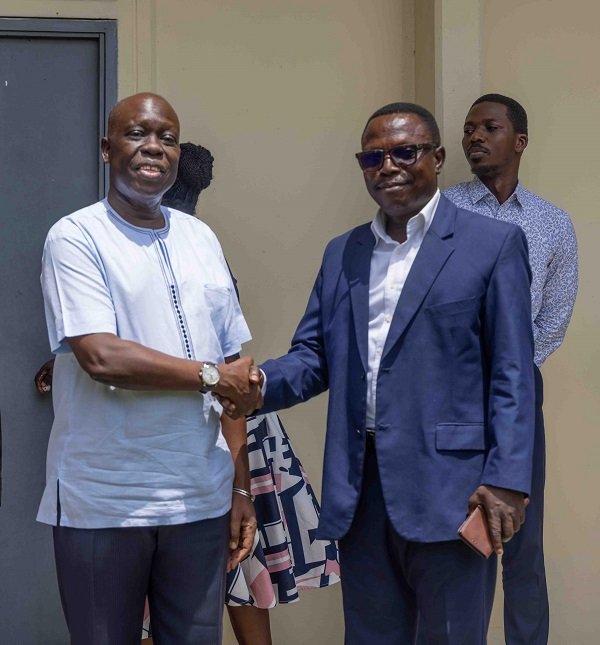
Thousands of Ghanaian women continue to suffer in silence from Obstetric Fistula (OF) due to inadequate access to surgical treatment, the United Nations Population Fund (UNFPA) has revealed.
Dr Wilfred Ochan, UNFPA’s Country Representative, disclosed that over the past decade, Ghana has accumulated a backlog of more than 12,000 untreated cases, despite recording an estimated 1,300 new cases each year.
He made the remarks during a visit to the New Times Corporation (NTC) in Accra to mark the International Day to End Obstetric Fistula (IDEOF).
“Only 1,000 repairs have been done in 10 years. That leaves thousands of women isolated, in pain, and excluded from society due to a condition that is both preventable and treatable,” Dr Ochan said.
He stressed the need for greater investment in surgical capacity, public awareness, and partnership, especially with the private sector— to accelerate Ghana’s efforts to eliminate the condition by 2030.
Obstetric Fistula results from prolonged or obstructed labour without timely medical care, causing a hole between the birth canal and bladder or rectum, leading to continuous leakage of urine or faeces. The consequences include stigma, chronic incontinence, and often, the death of the baby.
To help close the treatment gap, the UNFPA is working with health institutions including the Komfo Anokye and Cape Coast Teaching hospitals to scale up surgeries and outreach.
“We must not allow women to suffer lifelong trauma for simply trying to give life,” Dr Ochan urged.
The Managing Director, Mr Martin Adu-Owusu, pledged NTC’s support in raising public awareness and promoting maternal health initiatives.
“We are ready to collaborate with you to ensure that maternal deaths and issues affecting women come down to the barest minimum so that together we can achieve the UN goal to eliminating Obstetric Fistula by 2030,” he said
By Esinam Jemima Esinam
News
Inflated prices of Abaya, Jalabiya on Eid-al-Adha celebration
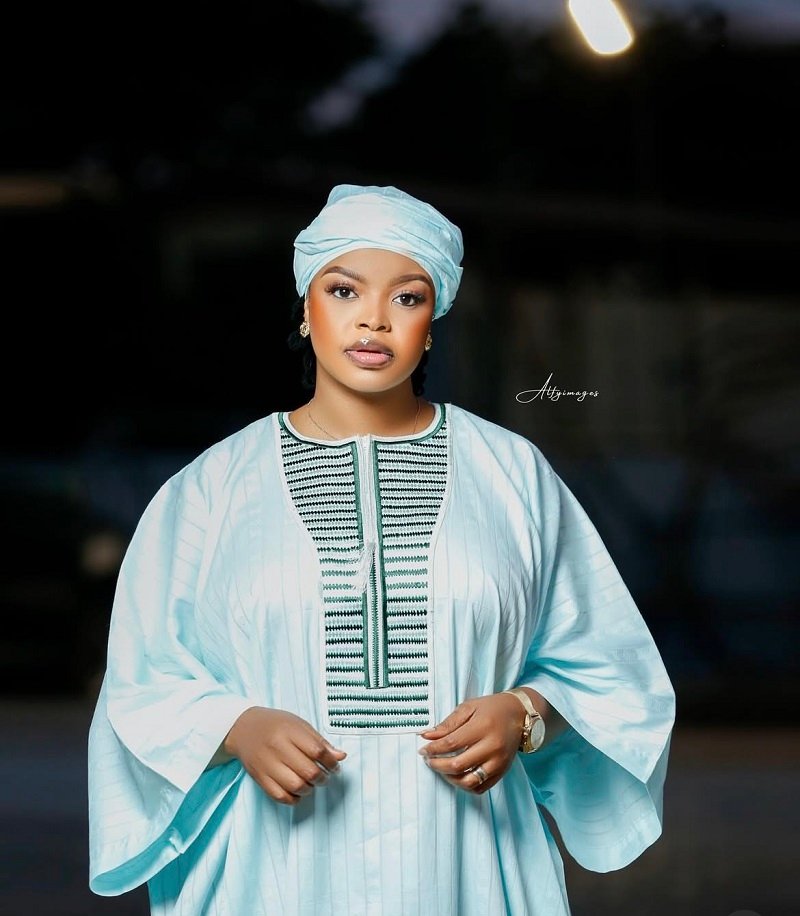
Muslims in Ghana and all over the world yesterday observed the Eid-al-Adha celebration.
It falls on the first day of Shawwal, the 10th month of the Islamic calendar and is celebrated by Muslims to mark the end of the month-long dawn-to-dusk fasting of Ramadan.
The build up to yesterday’s edition was characterised by a high demand for traditional Islamic attire here in Tamale, leading to a sharp rise in prices.
Checks by The Spectator from the various markets in the Tamale area revealed that prices for popular outfits like the Abaya, Jalabiya, and Kaftan have skyrocketed within the period.
Although there is no prescribed outfit for the celebration, many Muslims in Tamale traditionally choose modest and loose-fitting garments that reflect Islamic values.
Abayas and Jalabiyas often imported from Turkey, Dubai, Egypt, and Northern Nigeria have become particularly the most sought-after attires, resulting in the price hikes.
Currently, prices for men’s attire range from GH₵250 to GH₵800 while women’s outfits are selling from GH₵350 to GH₵1000.
Children’s garments are also not left out of the pricing craze. Bargaining for the youngsters starts from GH₵150.
Hajia Naila Abdul Karim, owner of ‘Cover with Style,’ confirmed a significant surge in sales in the holy month.
“Each day, more than 20 people, mostly women walk into the shop. We also send over 40 parcels daily to customers across the country,” she stated.
She attributed the price increases to the cedi’s depreciation and a recent shortage of Turkish imports, noting that most of her stock now comes from Dubai.
Hamdia Kamil, a loyal customer, shared her experience: “Two years ago, I bought an Abaya for GH₵350. This year, it’s GH₵650. I had no choice because it’s a special occasion and I want to feel good. Still, I hope the dresses are made affordable so others can also celebrate in style.”
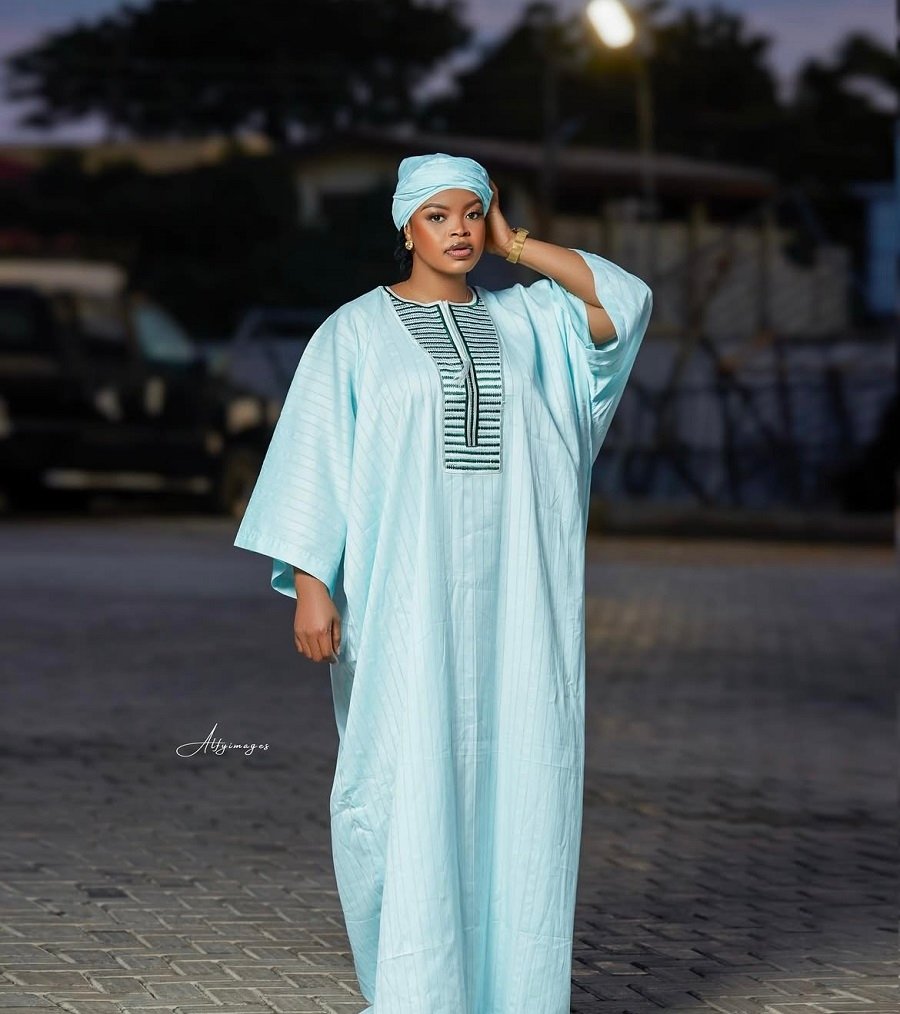
At Baby Last Closet in Sakasaka, another fashion outlet, prices for women’s outfits range from GH₵350 to GH₵1,300, while men’s attire goes from GH₵250 to GH₵1,000.
“Some customers complain about the cost, but because it’s Ramadan, many still go ahead and buy,” said the shop owner.
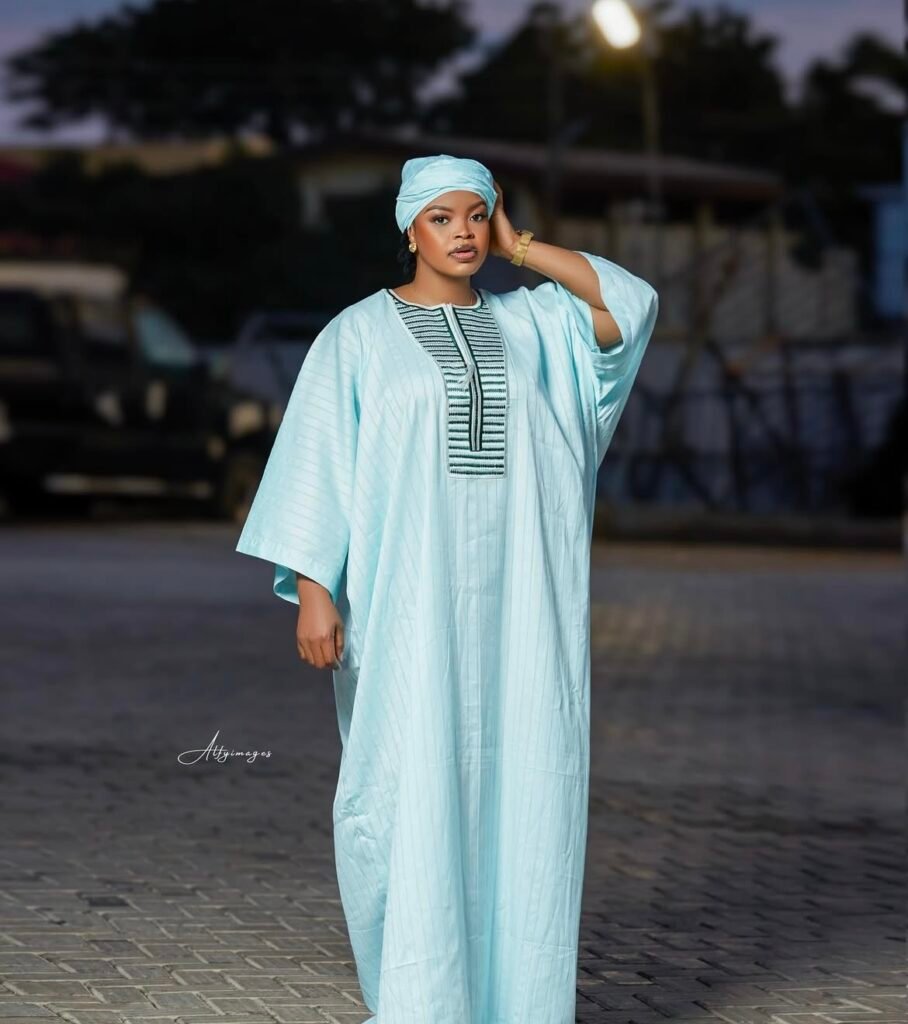

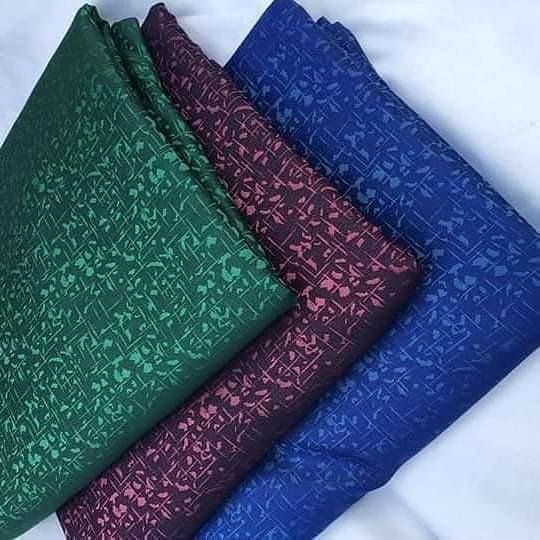
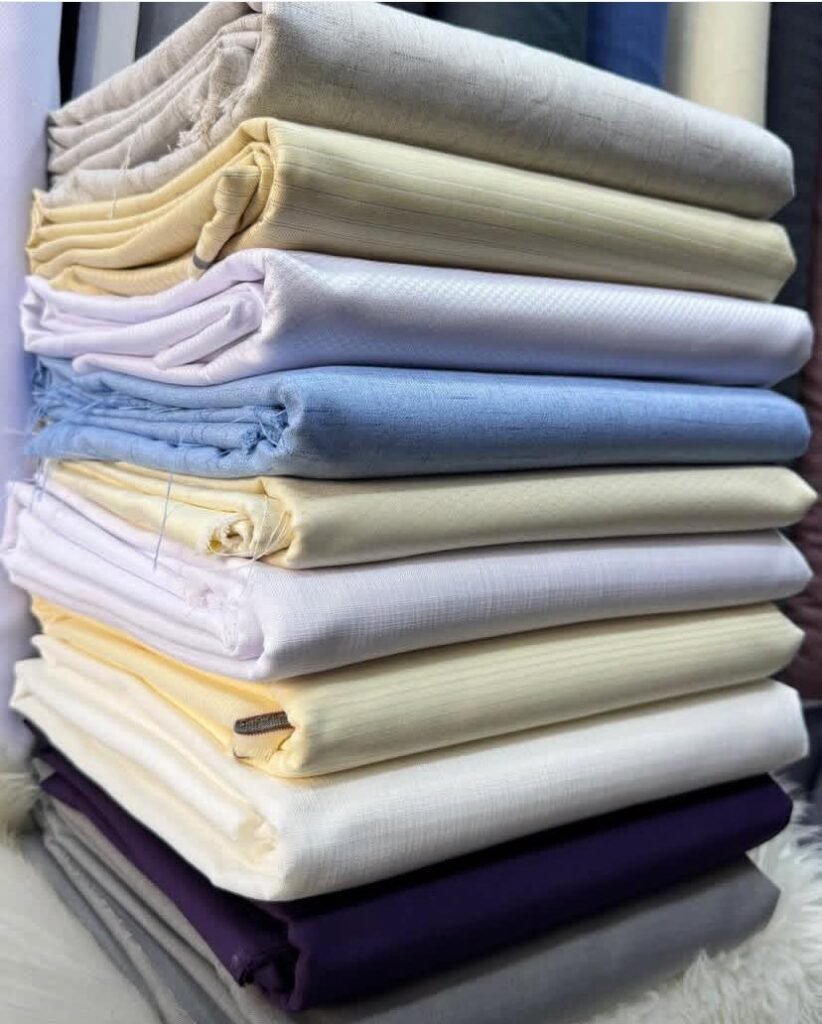

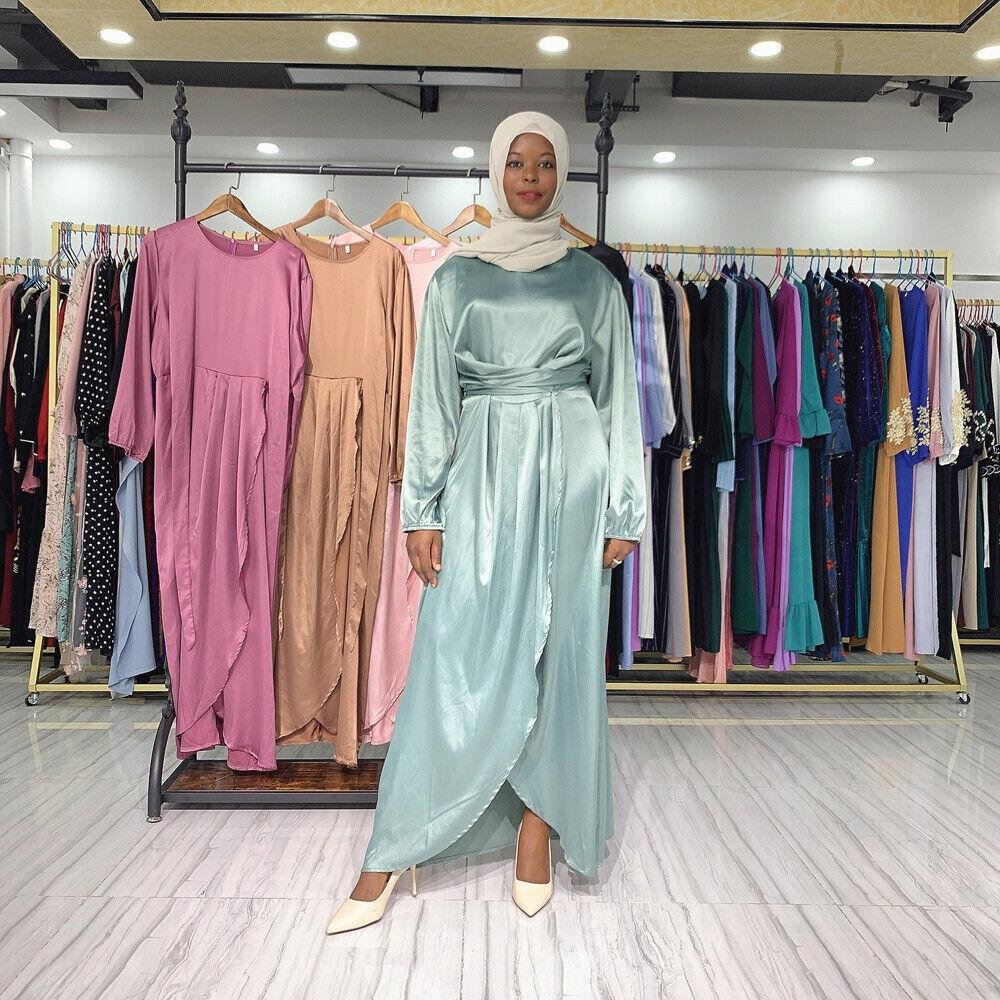
Similarly, Mandy’s Haven at Zogbeli sells exclusively for Eid celebrations, dealing in high-end Abayas, Jalabiyas, and Kaftan materials. Prices there reflect quality and origin, with female attire ranging from GH₵450 to GH₵5,000, and kaftan fabric sold at GH₵200 per yard.
For many, including resident Iddrisu Suale, the holy month remains a sacred period despite the economic pressures. “Things are expensive this year, but I still want to make the day special for my children. I plan to get them Abayas and Jalabiyas from Egypt,” he indicated.
Despite the bustling nature of preparation and the high cost of goods, resident expressed optimism of having a good time in observing the deep spiritual significance of the occasion.
Story & photos by Paul Dery







